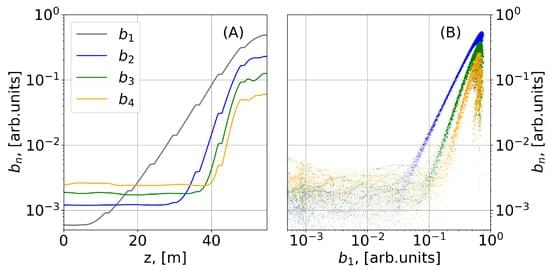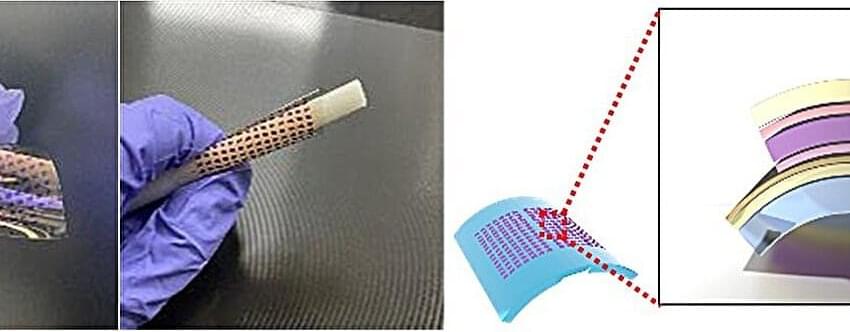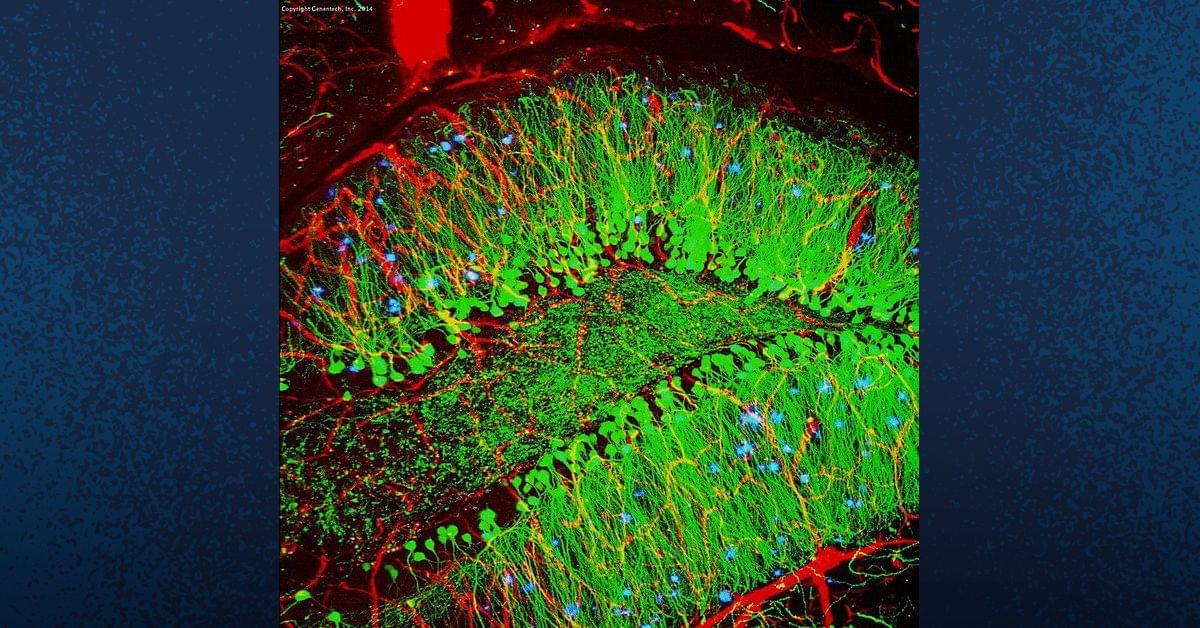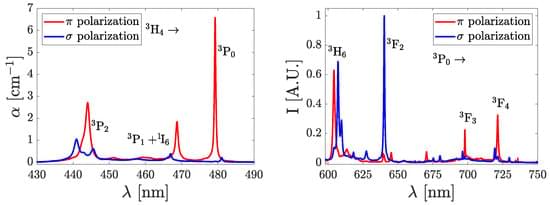We report on observations of single spike spectra (3–13% of events) upon employing a previously proposed method for single spike generation via harmonic conversion. The method was tested at the soft X-ray SASE3 undulator of the European XFEL. The first part of the undulator allows one to amplify bunching at the fundamental as well as the higher harmonics. The downstream undulator is tuned to a harmonic, the fourth in our case, to amplify pulses with a shorter duration. We estimate the generated pulse duration within such a subset of short pulses at a level of 650 as. Considering the demonstrated probability of single spike events, this method is attractive for high repetition-rate free electron lasers.







